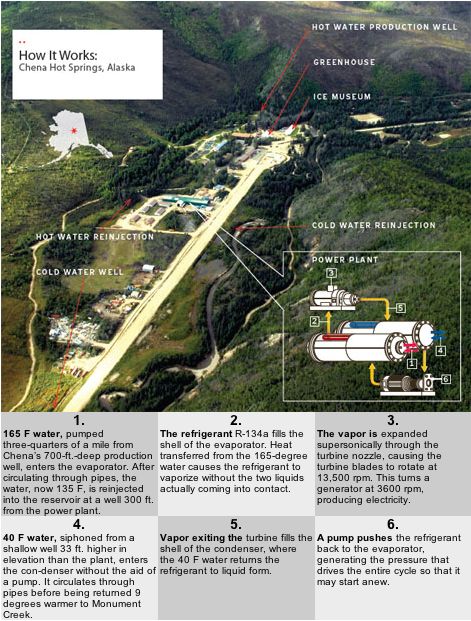Blog Archives
The Carbon Principles
Three of the world’s leading financial institutions today announced the formation of The Carbon Principles, climate change guidelines for advisors and lenders to power companies in the United States. These Principles are the result of a nine-month intensive effort to create an approach to evaluating and addressing carbon risks in the financing of electric power projects. The need for these Principles is driven by the risks faced by the power industry as utilities, independent producers, regulators, lenders and investors deal with the uncertainties around regional and national climate change policy.
The Principles were developed in partnership by Citi, JPMorgan Chase and Morgan Stanley, and in consultation with leading power companies American Electric Power, CMS Energy, DTE Energy, NRG Energy, PSEG, Sempra and Southern Company. Environmental Defense and the Natural Resources Defense Council, environmental non-governmental organizations, also advised on the creation of the Principles.
The principles are:
- Energy Efficiency
- Renewable and low carbon distributed energy technologies
- Conventional and Advanced Generation
This is a very healthy development, when the financial backers start to ask questions of the developers and start to use the funding, not only for profit as they well should, but also to help improve and change status quo, that is leadership. We are delighted to see this declaration from Citi, JPM, and Morgan Stanley. Now, there is a small matter of execution, will these companies actually practice the Principles when push comes to shove? Time will tell, but it’s an excellent first step and they are to be commended for taking it.
One other key question, will others sign on?
They Might Be Giants

Photo Credit: Enercon
German wind turbine manufacturer Enercon has turned it up a notch deploying the E-126 wind turbine prototype. This behemoth checks in at 135m (440 feet) in height at the hub and the blade diameter is an incredible 127m (420 feet). Amazingly, it can still be shipped in pieces by truck. The rated power is 6MWe, like it’s predecessor the E-116 but with the increase in size, the output is expected to top 7MW, enough power to handle around 2,000 average households. The increase in size of these turbines is a good thing overall, it means fewer components to go wrong and fewer installations to yield more power. How long will it be before we see a 10MW turbine? Comments are off for this post
Innovation Ecosystem at Chena Hot Springs
We’ve written several times about Chena Hot Springs in Alaska and the small-scale (400kw) geothermal electricity project going on there. Recently, Popular Mechanics called on the resort and wrote a great article about how the geothermal system works for HVAC in extreme temperatures and is used in horticulture. Chena is not just a resort, it’s an innovation ecosystem around the uses of geothermal resource. The images below are part of the story, there’s much, much more content there, we encourage you to visit and read the whole story.


Coal Wars: The Empire Strikes Back
A colleague forwarded an interesting Washington Post article and pro-coal propaganda site to us yesterday. Given that the coal industry (mining, transportation, and generation) represent an enormous slice of our economy and are being directly targeted with new coal plant construction being delayed or canceled, it’s not surprising that the industry is starting to fight back. Their use of statistics (accurate, but slanted) is effective. For instance, the “Facts Map” shows about California that 1.1% of California’s electricity comes from coal and that California has the 8th highest electricity prices in the US. Ohio by contrast, gets 87.2% of its power from coal and has the 23rd lowest electricity prices.

It’s worth visiting the America’s Power propaganda site simply to see the messaging. It’s true that 50% of our power comes from coal and we will be the first to support coal generation when it has the emissions of a geothermal plant. Until that time, we shouldn’t invest in more coal plants, we should invest in cleaner generation technology and retire (or retrofit existing plants) for substantially lower emissions. 3 comments
Another Wind Harvest Approach
Back in December, 2006 we first wrote about SkySails, the company that wants shippers to return to the age of sail. Well, since that time they’ve grown up a bit and now have commercial product. The idea is simple, harness a large ship to a kite/sail with a large area (~600 m2) about 300 m above the surface where the winds are stronger and more consistent. The result? Up to 15% savings on fossil fuel consumption by letting the wind help out.








